During a cold and less friendly time of the year for visual art show openings, the Museum of Art in Cluj hosted an event-exhibition for one of the most powerful female painters in the city, Anca Bodea. Electric Paradisum is the artist’s latest project, an incursion into a blue, metaphysical universe. I was electrified by the atmosphere the artist managed to create in the otherwise extremely conventional museum space – thus dreaming up a site-specific installation in a room that was lit in pure blue. The atmosphere was completed by a musical background by Sigur Ros that detaches the viewer from the well-known museum and projects them into another world that is extremely sensorial as well as introspective. Anca Bodea’s works are not just fine art frames for a possible world, but rather starting points for finding some interior states. The narrative is eliminated in order to make a synthesis on blue as a chromatic and atmospheric vibration. Blue is the main but also the supporting actor in a movie that simultaneously take on the conscious, the unconscious and the subconscious.
I invited Anca to talk about her blue paradise and how she sees her existences through various filters. How being a woman-artist made her the person she is today and how it shaped her lifestyle with all the human and social implications that come with this position
–
Tell me how Electric Paradisum came to be. What was your conceptual starting point and how did you reach this final visual formula?
The origin of the series of works in Electric Paradisum or The Electric Paradise was my two year scholarship program in Rome (2006-2008) where I was inevitably drawn to the city’s ever-present lush vegetation that made me pay close attention to the shadows and lights anchored in the trees, the bushes… While I was photo-documenting this “vegetation theme” for no specific reason, I was actually working on a theme that I am still interested in today – interior/interiority. I thought a lot about gardens or landscapes that, even though they are part of an open space, I wanted to make them seem as if they belong to a closed space, like a greenhouse in a strange light. If I were to pick a soundtrack for this series, I would pick Gnossienne by Datie and Svefn-g-englar by Sigur Ros. Lecture also had a role in building this world – Camus’ work and various other writings on art.
Why blue?
Because I have an armchair in my studio that is covered by a blue satin material. I painted over it and the blue stuck to the palette. It’s the perfect color!
When I saw the poster for the exhibition and then the works, I asked myself if you weren’t afraid (at least for a fraction of a second) that everyone will attribute/corelate/compare the project with Yves Klein and his YKB blue? What is your opinion about this artist and how do you feel when you gaze at his personal shade of blue?
I can sincerely say that I did not fear analogies or resemblances. Firstly, because they are worlds apart since he is a conceptual artist while I focus more on objects; secondly, his blue is unmistakable. I chose various shades of blue even if cobalt is predominant; I also used a lot of ultramarin and prussian. But Yves Klein is one of the artists I truly admire. I don’t mind the comparison, if it is real, it’s just that my sources are completely different.
I always perceived the Art Museum as a space destined for big, mature projects, like art shows that certify a certain status. Why did you chose the Cluj Art Museum as an exhibition space and how is this relevant for your new project?
I chose the art museum space because… I had no choice. I needed a big space all around and I also like the princely feel of the Banfy Palace rooms.
Tell me about your artistic route up till now. What were the most important existential moments that made you the artist you are today? I am asking you this because I think it’s extremely important in shaping your artistic personality. As far as I am concerned, I know that if I wouldn’t have gone through some hardships I wouldn’t be working the way I am working now.
My professional upbringing at the painting departament in Cluj is “the pilot episode”. In the early 2000s, a painting student’s ambition was for them to be the best, better than the “fourth years”. Earning a scholarship and visiting Europe was an accomplishment. What prompted me to reorganize my ideas on art was the university trip to Florence. Seeing Renaissance Art inches away from my face meant everything! However, being liberated from any academic pressure happened in Rome – this moment divides my artistic route in “before” and “after”. For two years I witnessed another kind of art, spanning from the ancient to the most recent. Returning home in 2008 meant I needed to readapt; in fact, a middle ground between how I painted in Rome and how I started to paint in Cluj came to be. But these are strictly the art related moments that touched me, but there are other moments that contributed to my “becoming” and I mean, of course, the moment I started a family, which is in fact the moment that everything was related to my family, everything started and ended with my family.
What is painting to you and how would you analyze it in relation with all other forms of expression? To recount my personal experience, ever since I had contact with the international artistic scene I can no longer perceive visual art without mixed media and interdisciplinary. I find it inevitable nowadays to resort to some kind of mix of visual mediums and techniques. How do you relate to the interdisciplinary of contemporary art?
Painting can easily suffice for an artist that truly paints. It is so complexe that it can monopolize any kind of artistic expression. I never really liked excessive theoretical support. If, while viewing an art work, it takes you longer to read the adjacent text than to actually look at the work in order to understand it, you might not be dealing with a work of art, but rather an illustration. Not so long ago, I was seriously thinking of approaching other mediums aside painting. But recently, in a natural way it seems, I’ve grown closer to site-specific installations, to video imagery, sound installations, ceramics or sculptural objects. I’ve started seeing them not as supports for painting, but as justifiable and integral parts of the art. In my last art show, currently presented at The Art Museum in Cluj, I made my first installation, I stepped out of my comfort zone by presenting a different side of Electric Paradisum.
To follow up onmy last question: why do you continue to chose painting as a medium?
For the infinite possibilities of manipulating an image that is unmatched in other mediums. Painting’s malleability allows me to attribute any idea, concept, expression, suggestion, form, content… anything, in any quantity, in any way, in any place and the satisfaction of capturing the precise string of my or someone else’s sensibility, out of thousands of possibilities, is addictive.
Ever since my teenage years, I had a kind of interior conflict on how I would balance various aspects of life when I reached adulthood and frankly, I still haven’t clarified it yet. Each of us might or might not find a personal formula for facing certain situations and challenges. How do you manage to balance all the aspects of your life: being an artist, a professor of academia, a woman and, last but not least, a mother? How do all these sides intertwine and which is the most challenging?
For me it was never a question of choosing to either be an artist, a mother or a professor. I never thought that one might exclude the other. I now find that being a mother is essential for an artist. I believe that no woman artist should “miss” her shot at being a mom. The fact that you become a mother brings your art to another level of quality. Of course, the quantity can be questionable. Obviously I think that no parent, mother or father, can reach high standards in all areas without help. It’s impossible. I managed to inexplicably escape that moment when you have to chose, I simply never arrived at the fork in the road. For me, having a family and painting at the same time was simply something natural. It’s true that, ever since I had children, my time in the workshop has become very efficient! It’s totally wrong to think that motherhood amputates creation, but support is always needed, otherwise the two planes can easily fall out of balance. To answer your question on the most difficult aspect… To legitimize myself as a creator is like a never ending quest out on an unpredictable sea. The most miraculous and dynamic aspect is being a mom and the most challenging is teaching young people the object of personal uncertainties, of personal pursuits while at the same time being objective, concrete and coherent in a field where any hierarchy could easily contradict itself or fall over. Approaching these aspects has been, so far, an improvised strategy, but since family means working in a couple and since all these roles give me great pleasure, I can efficiently handle them. Or sufficiently? In any case, I am not one to complain.
I have a rather uncomfortable question, but one which I think can’t be avoided: how do you relate and how were you influenced by the stereotypes, prejudices and labels that go along with being a woman-artist? For me, it was somewhat difficult to come to terms with certain perceptions and for a while they caused a cynical reaction in me that I presently want to detach myself from.
I first came into contact with the preconceived notion that women can’t be artists sometime during my college years, but I always treated it as a joke. Fortunately, I thought it had to be a joke because something like this would be impossibly unfair. But to me, the artist’s gender was always irrelevant. I never liked art that defines itself with the artist’s being part of one type of sexuality or another, I think it’s a small aspect, too small to become essential for an art work. In other words, for me, the complexe of belonging to a certain gender does not exist.
We had the same painting teacher at the Cluj Art high school and I remember a pastel sketch of yours of a ballerina you made in his class when you were a senior. It was hanging on his walls and I asked him who made it. That’s when I first heard of Anca Bodea. If you could sum up it in a few sentences, how would you describe the difference between Anca Bodea then and now? (I am talking about profound changes and not obvious aspects).
Back then I used to paint as much as I could but I did not understand a lot of things. I was exploring a few techniques but I had no routes, colors or moves. Things started changing when I was in my second year of college. After various discussions with my professors, something clicked and I managed to sort my ideas and paint or sketch something meaningful beyond the visual pretext. If I was faking being confident when it came to painting during high school, now I don’t need to fake it anymore, I am confident about what I can achieve
How do you position yourself as an artist when it comes to contemporary painting in Romania and abroad?
I’ve been watching contemporary painting more like an insider, so the optic is totally different. I’m not an art consumer like I am a literature or music consumer, the process is completely different. I am interested in contemporary painting as a whole and its movement. I like to think that I don’t position myself in relation to it, I like to think I am on the right side of it. I believe that what I do is just as valid in any contemporary art context, be it local or international. I am interested in Romanian painting as well as the painting in other parts of the world. I am not interested in trends but I am not reluctant when it comes to anything related to contemporary art. To generically refuse it seems to me a case of intelectual opacity, I like discovering contemporary art.
As a professor, there is a process for rationalizing the technical working methods in order to explain them to students. Did this have any influence on your vision of the work process in the workshop?
No. My time working in the shop is pretty well structured. I know what I have to do, I know what to pursue, the only “hijacks” from my ideas are due to certain techniques, small accidents that lead me to methods that I didn’t initially think of to reach the same outcome. The method of work for the first year students, where I teach, is far more analytical and develops with well defined steps, not mention strictness. The only thing influencing me is that fact that I get the urge to approach classical case studies, sometimes it’s relaxing to do a study.
What are the contemporary artists you admire the most and who inspired you over time?
When I was in college, the era of internet still wasn’t handy, the image didn’t circulate with today’s speed. My references, models or my “competition” were much closer to me, they were palpable. So the contemporary painters that influenced me in my first years and that I still appreciate and closely follow are Ioana Olăhuț, Marius Bercea, Kudor Duka Istvan, Victor Man… The fact that I was close to them, that I had direct contact with them, that they weren’t just names in art books painting on top of some Olympus that I will never reach was of imense help, it pushed me to work with confidence. I also admire and follow artists that work with other mediums, James Turrell, Alva Noto, Tauba Auerbach, Daniel Spoerri, Katharina Grosse, Janis de Kounelis, Lynda Benglis, Sophie Calle, Richard Serra, Lori Hersberger or, if I were to think of truly foreign artists, Mathias Weischer, Wilhelm Sasnal…
This is a personal curiosity: What advice would you give to a young 19 year old girl who is just starting her first year as an art student? What advice would you give to a young 23 year old girl who has just graduated art school?
I would give them the same advice I received when I was in my forth year from my professor Ioan Sbârciu, something that I see as a solid anchor in this extremely competitive field that offers no immediate guarantees or validations: “Paint as much, as fast and as best you can!”. I’d also add to maybe… cultivate their spirit and intelligence. Without a rich enough interior world, no artist and no work of art can survive in time.
The artist who will represent Romania at the 2017 Venice Biennale was recently announced. What do you think about Geta Brătescu?
I think Geta Brătescu is a relevant artist for Romanian art, I understand why she was put forward and she probably deserves the merits. What I don’t understand is why they had to organize a national contest that has to follow the curatorial statement by Christine Macel even though the national pavilions have their own curators and commissioners. Some countries announced their artists before the Viva Arte Viva theme was even made public. So if the idea was to rightfully solidify the relevance of Brătescu’s oeuvre, then Romania’s nominalization for the 57th Venice Biennale should have taken place in other circumstances. But when (Romanian) organizers require that all participants line up to the curatorial concepts, to take into account the curator’s requirements, then I don’t think the jury made the right choice.
If you were to resume your activity in one word, your artistic mantra, what would it be?
The only thing that guides me is the joy of painting, of thinking in artistic terms and, most of all, the imperceptible beliefs that what I do will leave a mark in time.
Anca Bodea, Electric Paradisum is at the Art Museum in Cluj between 18 January – 12 February 2017.
POSTED BY
Ada Muntean
Ada is a Graduate of University of Art and Design in Cluj-Napoca and has a PhD in Visual Arts (2019), conceiving a research thesis entitled "The Human Body as Image and Instrument in Contemporary Art....
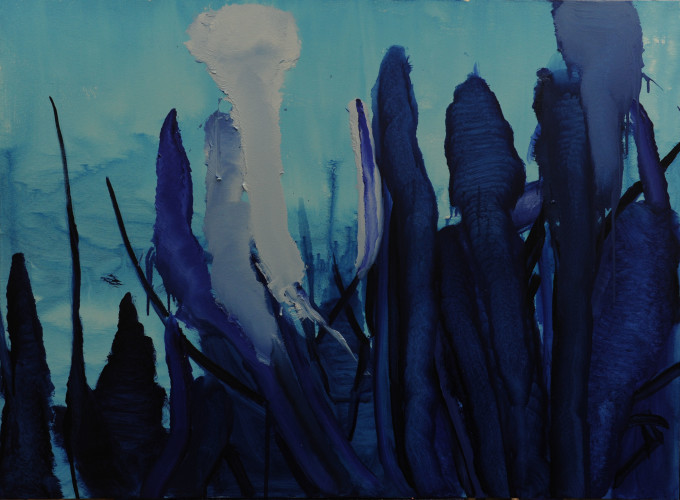
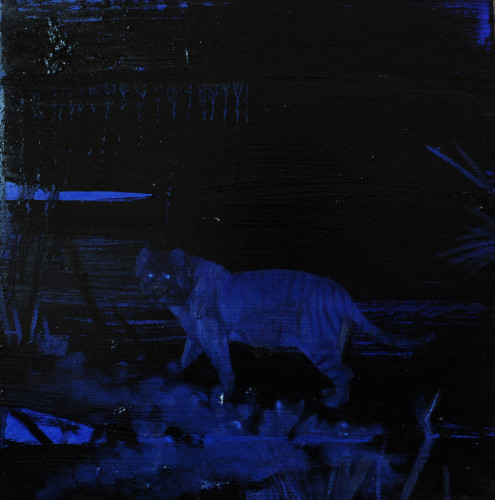
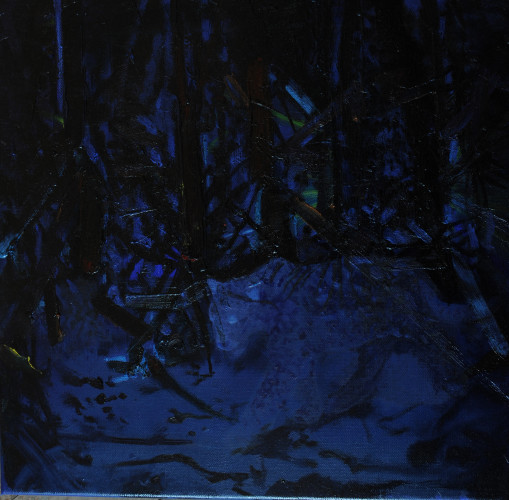
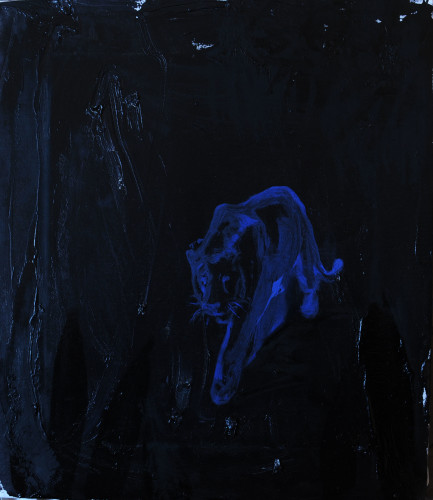
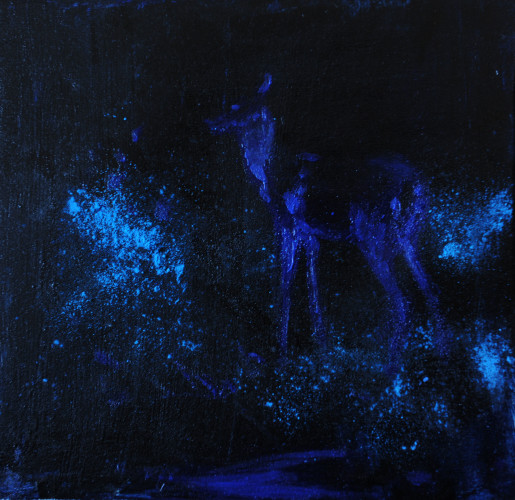
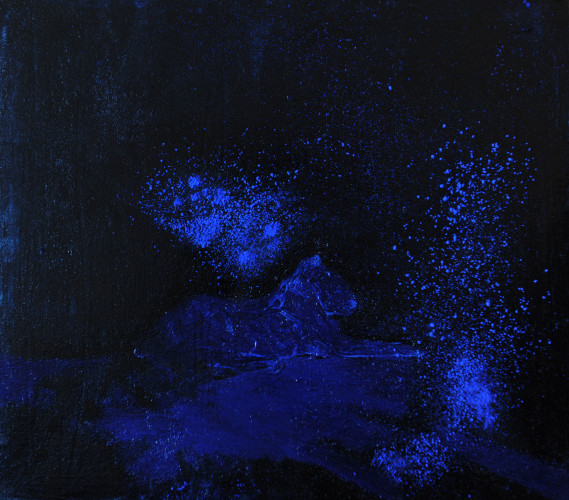

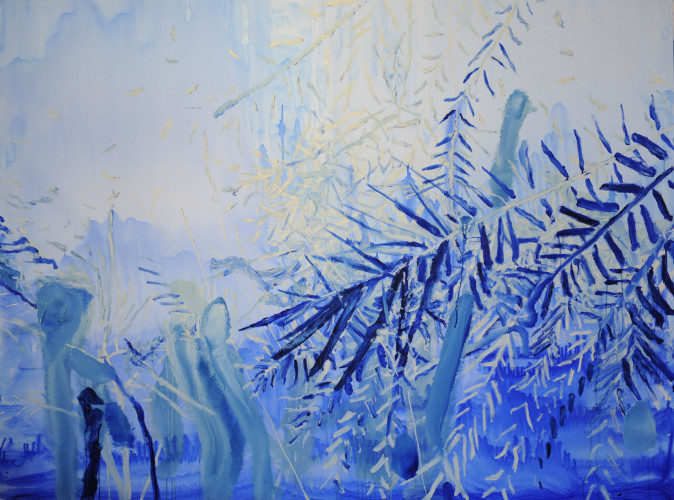
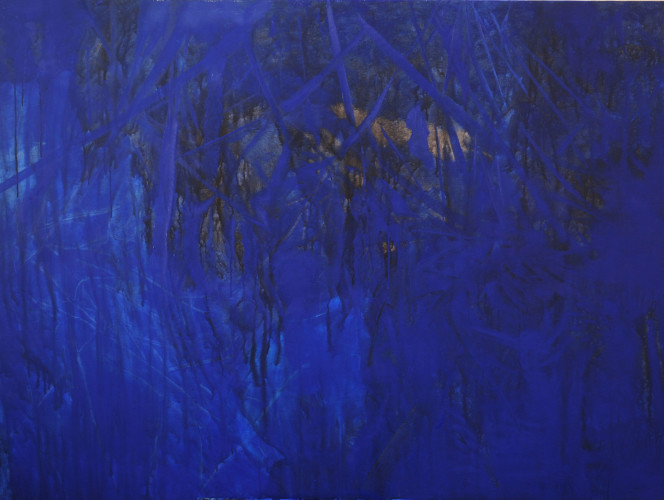
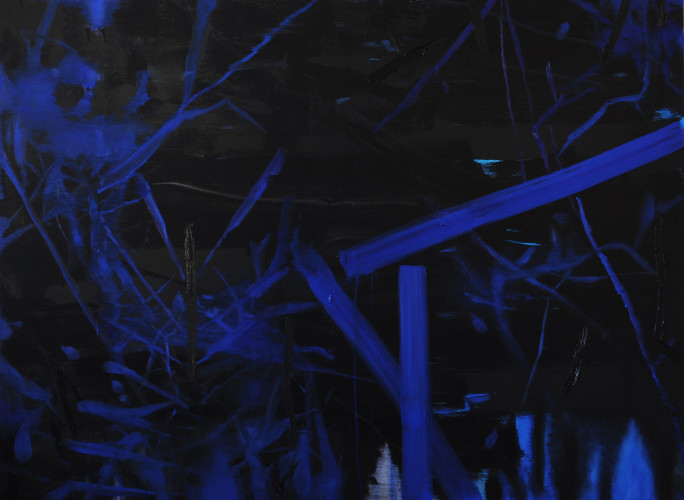

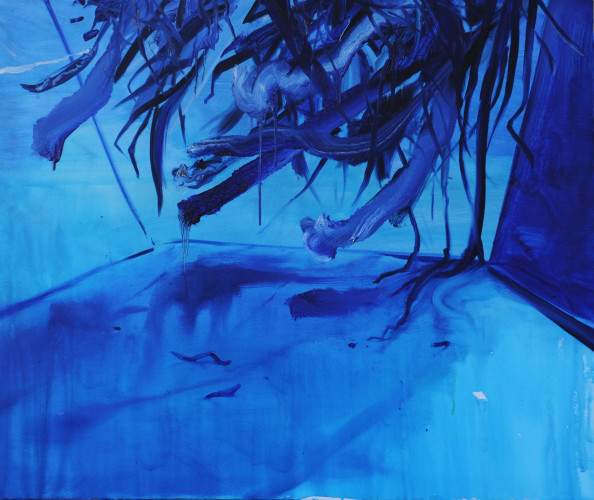
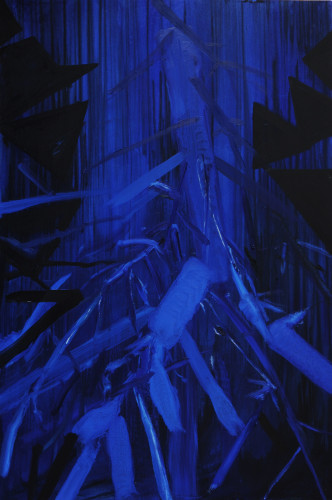
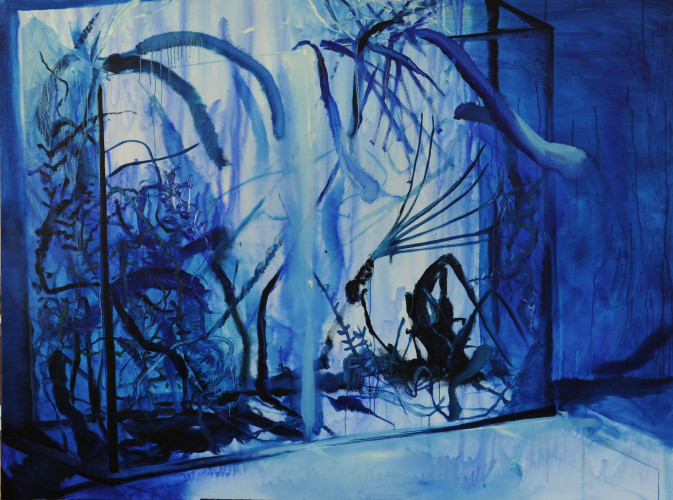

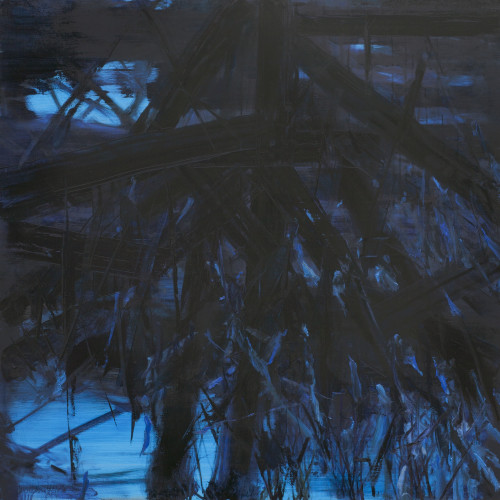
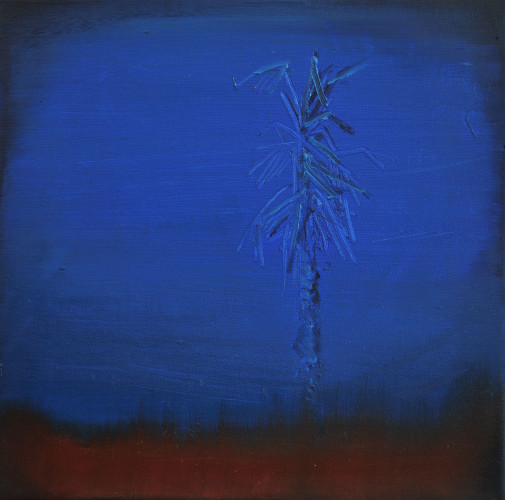
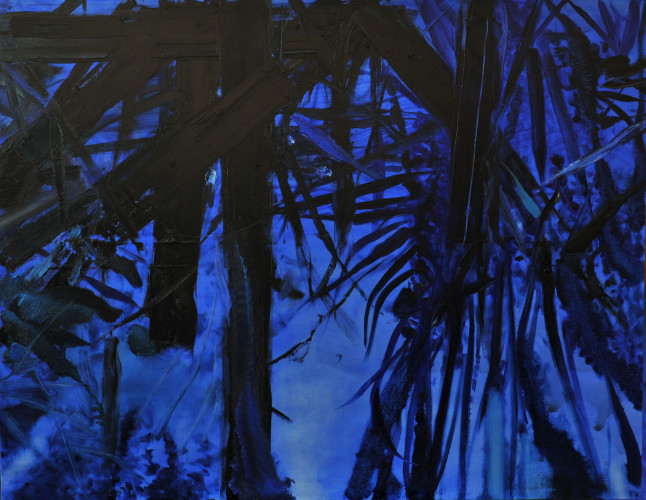
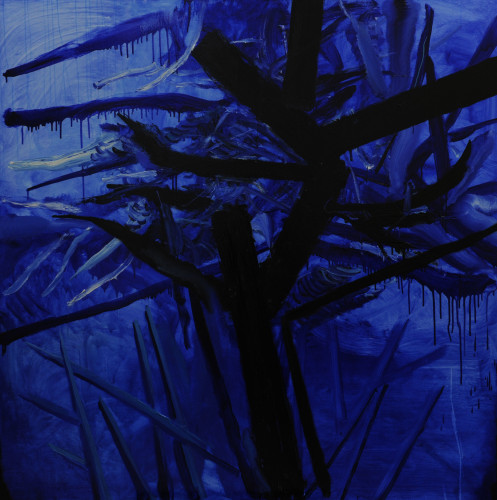
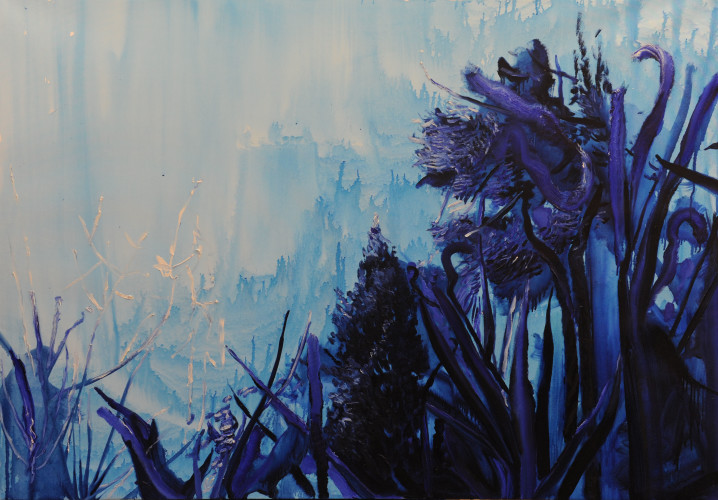
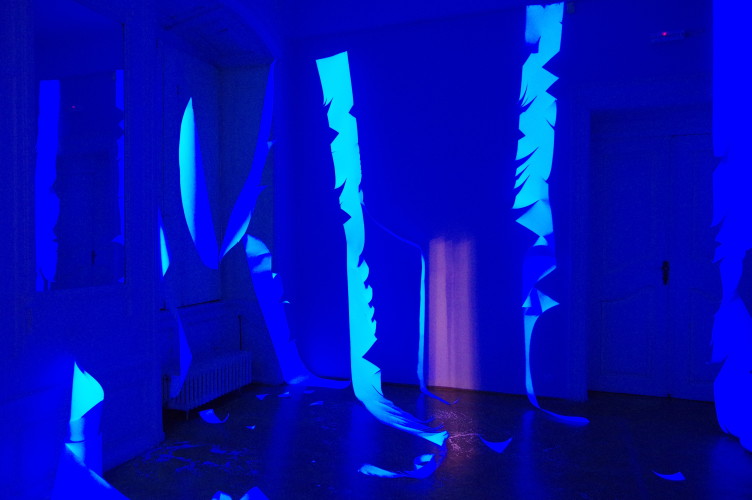
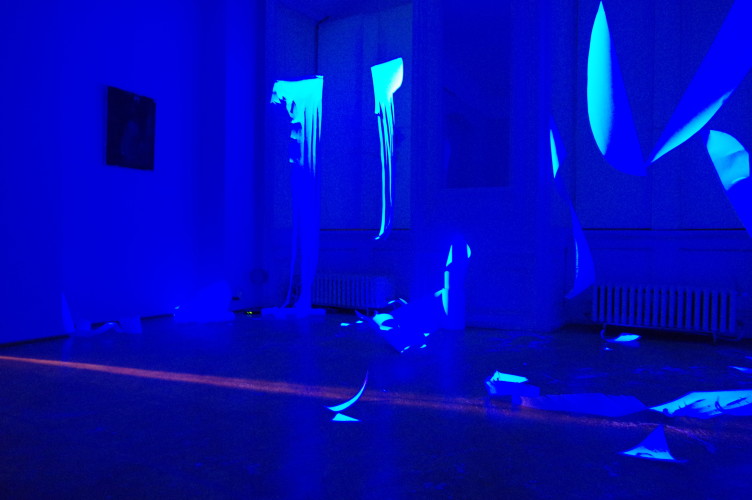
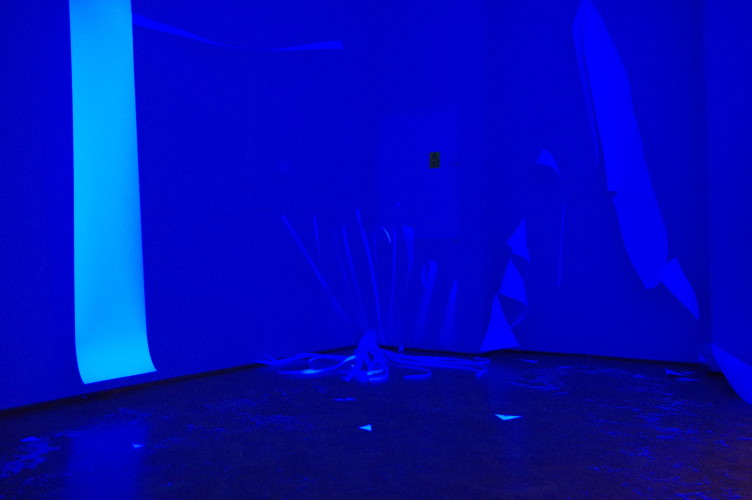
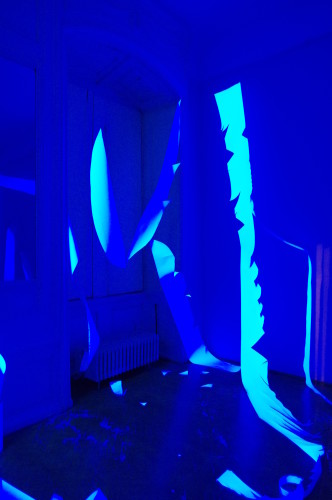
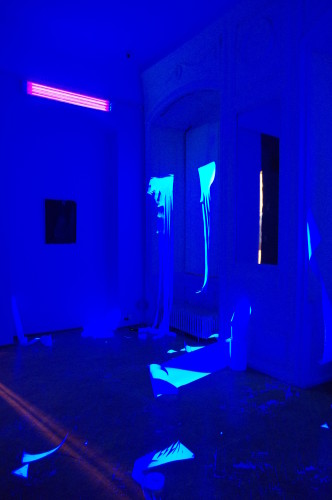
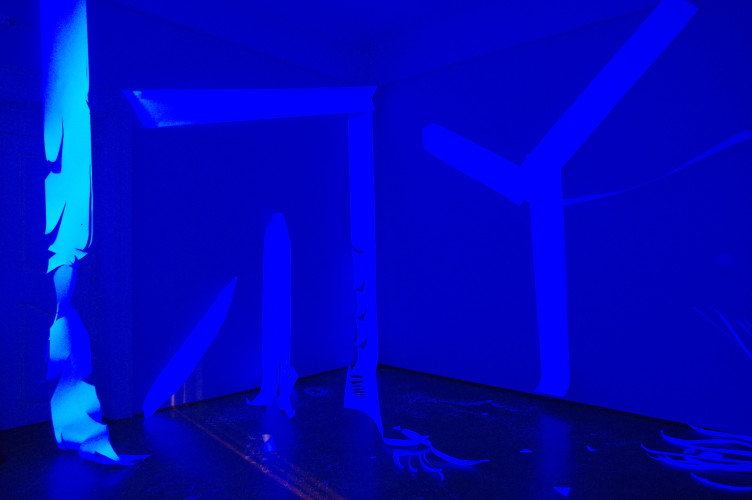
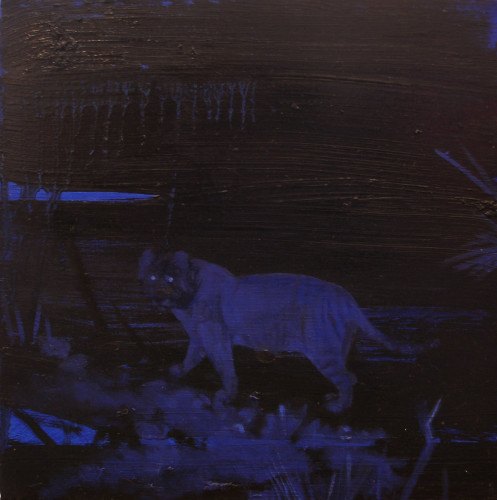

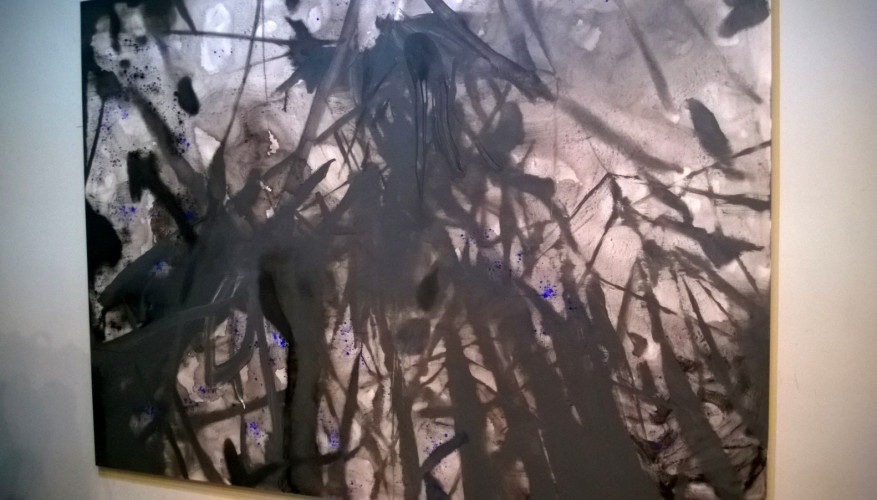
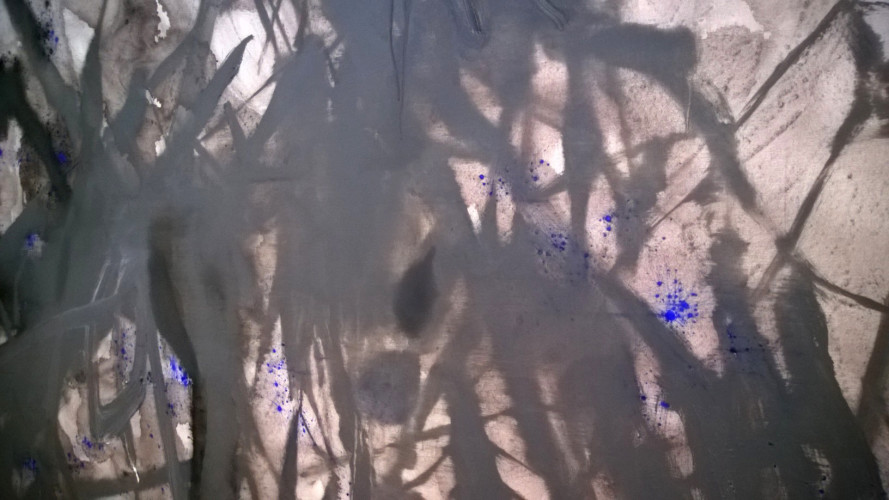
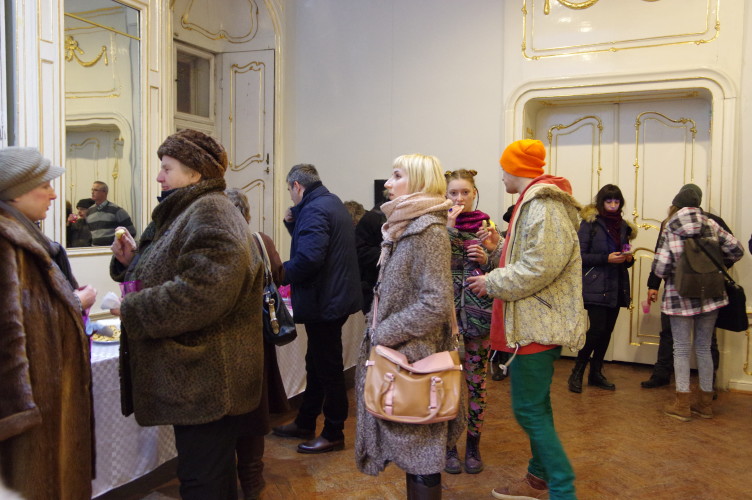

Comments are closed here.